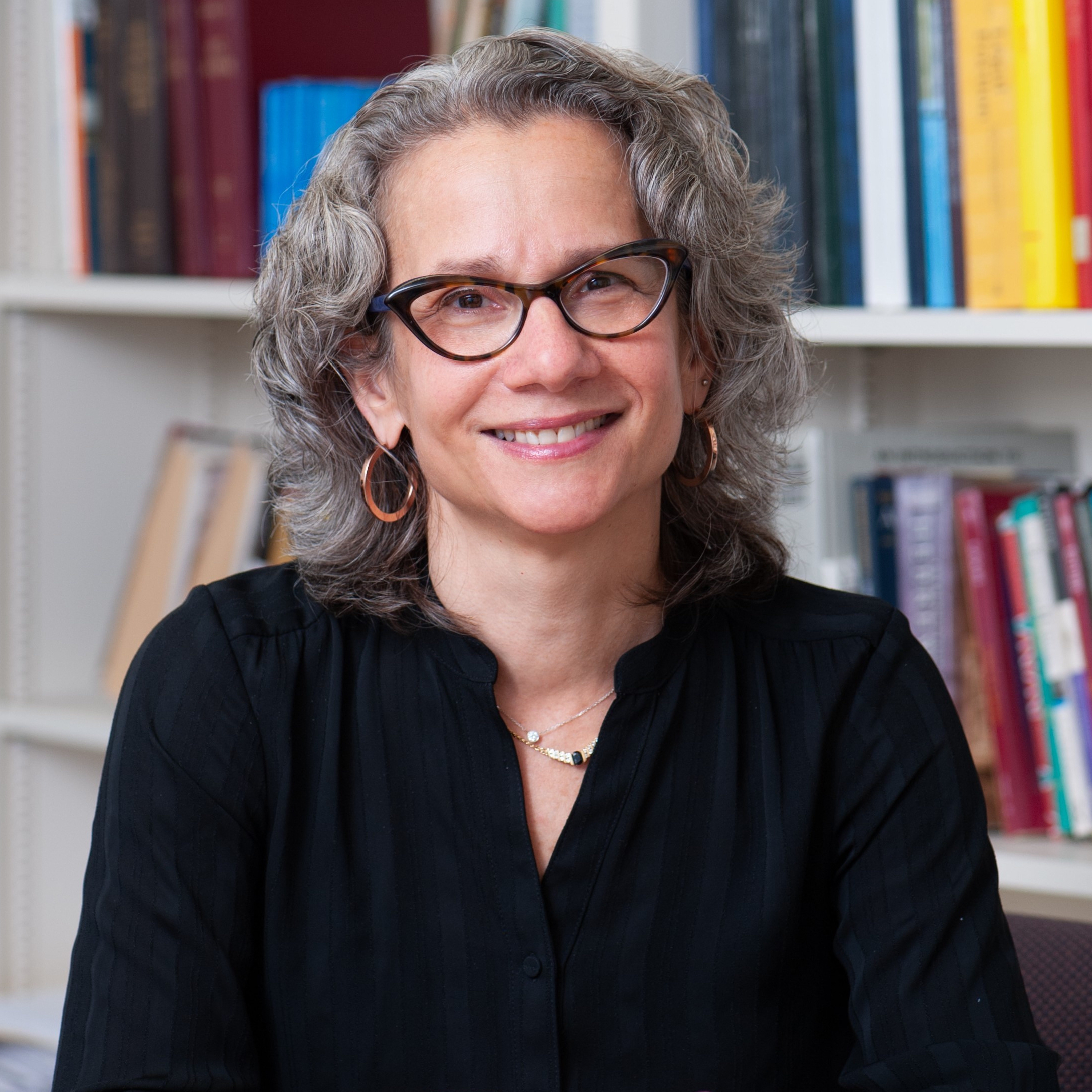Dancing with Torah

Judaism’s richness comes from having two Torahs—the Written Torah [Torah shebikhtav], which Moses receives from God, and which we will soon celebrate on Simhat Torah,and the Oral Torah [Torah shebe’al peh], the Torah of commentary that extends from the ancient rabbis to today’s rabbis, scholars, and students of Judaism’s sacred texts and traditions.
The interplay between the written and the oral Torah has sustained the Jewish people over time. Although they debated the proportions and priorities of what to study, the Talmud’s rabbis recognized the importance of both the Written and the Oral Torahs [Kiddushin 30a; Baba Metzia 33a]. They understood the sacred dance between the seen and the heard, the read and the taught, the fixed and the fluid.
Even our earliest ancestors participated in this dance. When Israel received revelation at Sinai, the Torah records that the people heard with their eyes (Exod. 20:15), capturing how for one extraordinary moment, Israel had the miraculous capacity to see the audible and hear the visual (see Mekhilta de-Rabbi Ishmael 20:15).
The precious and invigorating dynamic between Written and Oral Torah creates a shared textual tradition while allowing for fresh interpretation. It enables us to honor our ancestors while ensuring transmission to a new generation. Over time, commentary becomes written down and fixed, and teachers become named sages, inspiring new students, teachers, and commentary to be born.
I know this dynamic well and yet have chosen to dance as close as possible to the words of the Written Torah for most of my career and life. My allegiance to the Torah’s written word has been my foundation and security as a Bible scholar and as a Jew. The word, the text, is the anchor that grounds my scholarship, giving weight and context to my interpretations. Staying close to the written word also makes me feel like I engage with Torah as a Jew by participating in the ancient and sacred act of close reading and interpretation that reveals insights organic to the Torah and relevant to our Jewish lives.
Recently, though, I have begun to dance in a different direction. Literally.
For over a year, I have been learning how to tap dance. Tap dancing is a serious discipline and a rich art form with a remarkable history. For me, it has become a joyful and profound practice through which I am participating in a powerful form of oral Torah that I have come to cherish—one that has taught me the essence and value of all forms of oral Torah.
Brian Seibert’s masterful history of tap dancing, aptly entitled What the Eye Hears: A History of Tap Dancing (Farrar, Straus and Giroux, 2015), elucidates the transmission of tap dance, its artistry, and its cultural impact. As Seibert chronicles, tap dance began, and essentially remains, an oral Torah. Tap steps were shared and stolen between dancers and passed down between teachers and students.
Students today continue to learn to tap by listening and watching, hearing and seeing their teachers, until they embody their teachers’ Torah. This is what makes tap dance thrilling, as well as fleeting in the moment. There is a feeling of reverence in a tap class, as students and teachers engage in a deeply intimate transmission of tradition that goes from body to body. Students witness and receive their teachers’ Torah, physically capturing it, before they interpret it through their bodies and selves.
Torah observed and heard, but not preserved by text, feels direct and alive in a way I have never experienced before. This, I imagine, is what Israel must have experienced at Sinai, and what I would like more of in my Jewish life. At Sinai, Israel received Torah, they did not study it. They witnessed God’s Torah and then embodied it. In other words, Israel was dancing at Sinai.
Judaism needs both its oral and written Torah. Jews need a Written Torah that grounds us, honoring our ancestors and preserving their Torah, and an Oral Torah that opens us—our bodies and minds—to new teachers, new torah, and, as I have discovered, new kinds of Torah.
May we dance with all our Torah this Simhat Torah, and may we continue to dance between the seen and the heard, the studied and the witnessed, the fixed and fluid throughout the Jewish new year.
The publication and distribution of the JTS Commentary are made possible by a generous grant from Rita Dee (z”l) and Harold Hassenfeld (z”l).



